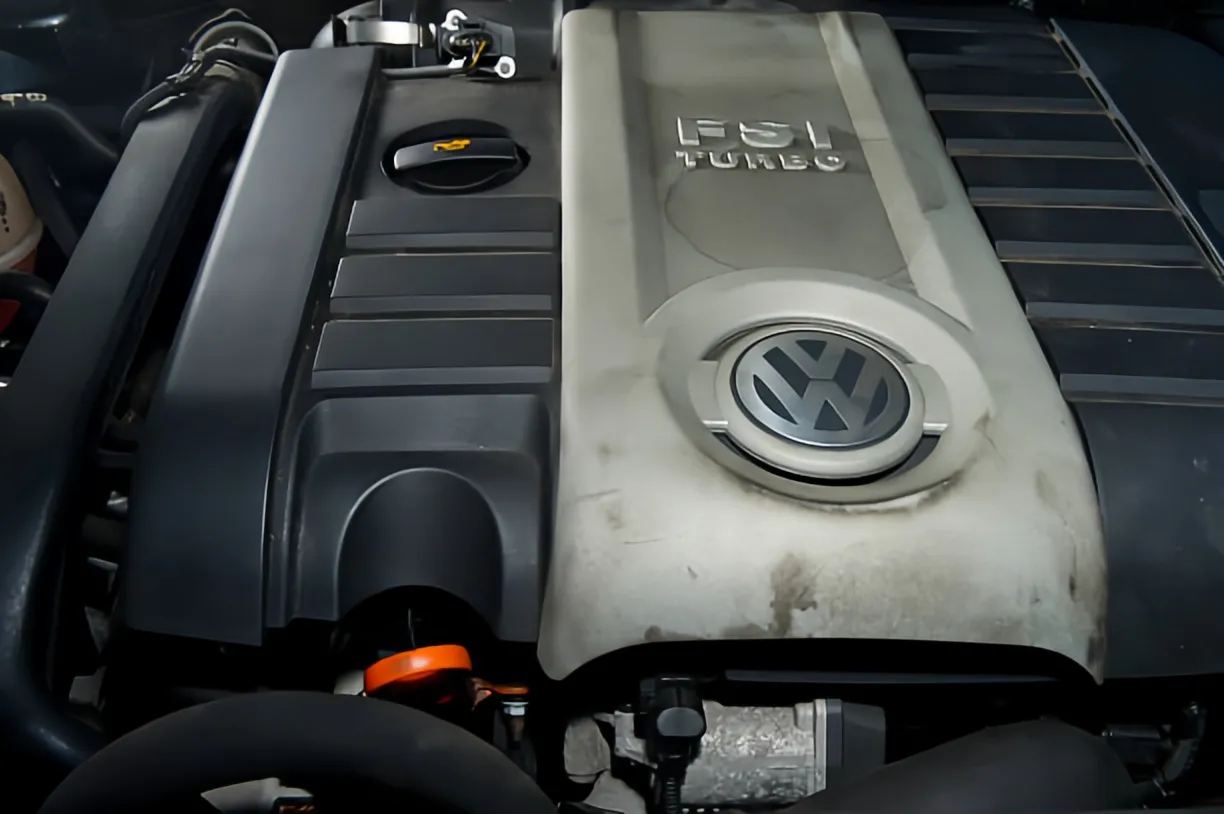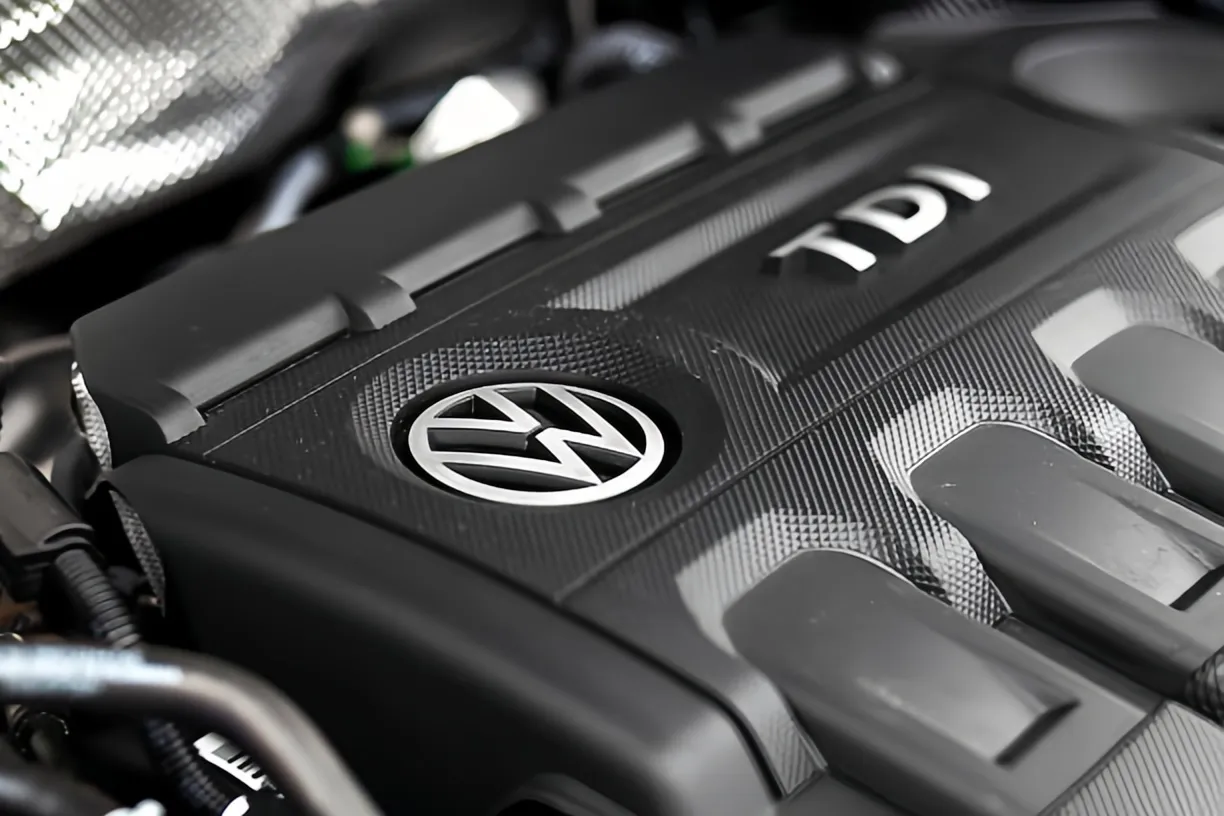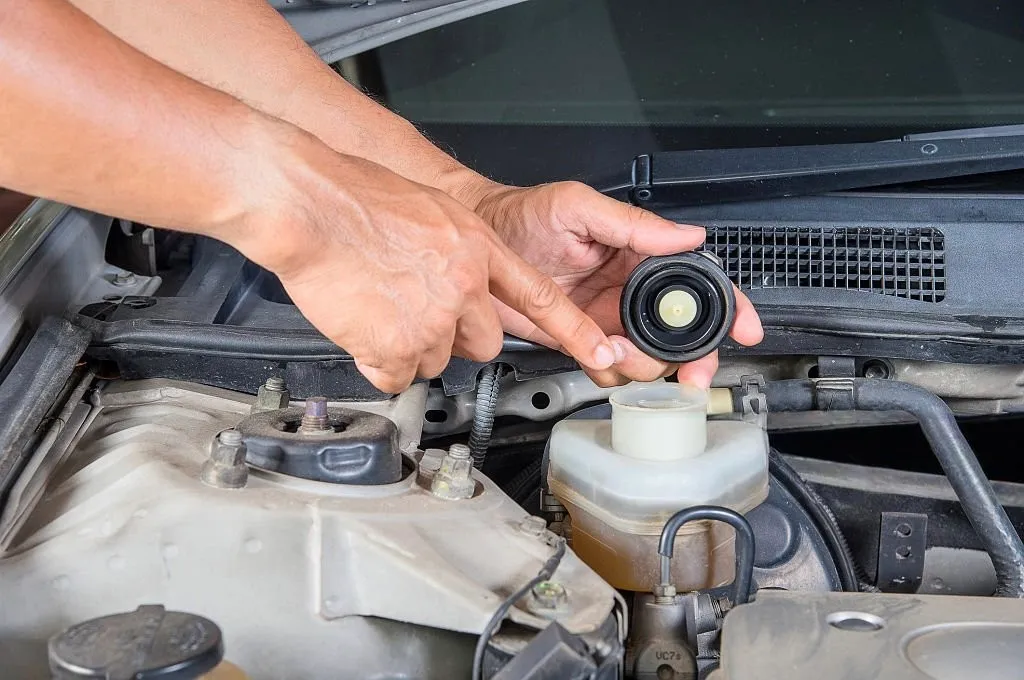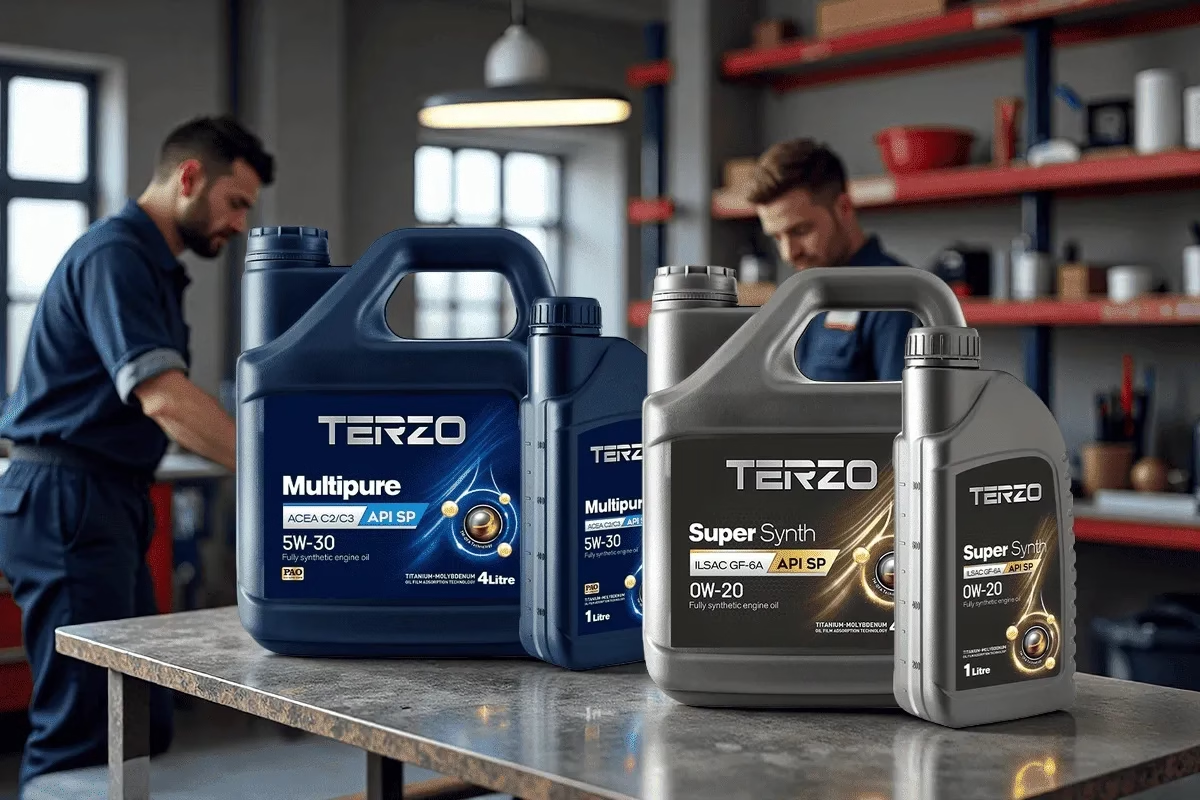Staring at bottles of 0W16 vs 0W20 motor oil, as car tech gets fancier, new oil grades like 0W16 are popping up, especially in newer Toyota and Honda models, promising better fuel economy and eco-friendly vibes. But is it really better than the trusty 0W20? This article dives into the differences between 0W16 and 0W20, helping you choose the best oil for your ride. We’ll keep it simple, skip the jargon, and get straight to the good stuff!
What’s Motor Oil Viscosity?
Let’s start with the basics. Viscosity is how “thick” or “thin” your motor oil is, affecting how it flows at different temperatures. The Society of Automotive Engineers (SAE) labels oils with codes like “0W16” или “0W20”. Here’s the breakdown:
“0W”: The “W” stands for “winter,” showing the oil flows well in cold temps, perfect for chilly startups.
“16” or “20”: This shows the oil’s thickness at high temperatures (like when your engine’s running hot). Lower numbers mean thinner oil.
So, 0W16 and 0W20 are similar in cold conditions, but 0W16 is thinner at high temps. That small difference can impact fuel efficiency and engine protection.
What Is 0W16 Motor Oil?
0W16 is the new kid on the block, designed for modern, high-efficiency engines. Here’s what makes it special:
Why It Exists: Stricter fuel economy standards pushed carmakers to create thinner oils to reduce engine friction. 0W16 is perfect for small, turbocharged engines.
Who Uses It: You’ll see 0W16 recommended for newer Toyota and Honda four-cylinder cars, like the Corolla or Civic. Think of it as the “skim milk” of oils—light but powerful.
Perks: 0W16 can boost fuel economy by about 4-6% (based on Reddit user feedback) and shines in cold-start performance.
Concerns: Some worry 0W16 is too thin to protect engines well, but manufacturers say its formula is optimized for modern engines.

What Is 0W20 Motor Oil?
0W20, on the other hand, is the seasoned veteran, widely used for years. Here’s the scoop:
Broad Use: From sedans to SUVs, 0W20 is a go-to for many vehicles.
Balanced Performance: Slightly thicker than 0W16 at high temps, 0W20 strikes a sweet spot between protection and efficiency.
Availability: 0W20 is everywhere, often at a better price than 0W16.
Think of 0W20 as your favorite pair of jeans—reliable, versatile, and fits most occasions.

0W16 vs 0W20: Key Differences
Here’s where we get to the nitty-gritty. How do 0W16 and 0W20 stack up?
| Характеристика | 0W16 | 0W20 |
|---|---|---|
| High-Temp Viscosity | Thinner (16) | Slightly thicker (20) |
| Экономия топлива | Better, due to less friction | Slightly less, but still efficient |
| Cold-Start Performance | Excellent, slightly better than 0W20 | Excellent, great for most cold climates |
| Engine Protection | Great for 0W16-designed engines, may be less protective under high loads | Better for traditional engines, more robust protection |
| Vehicle Compatibility | Newer Toyota, Honda, etc. | Wide range of vehicles |
| Availability | Less common, harder to find | Common, easy to buy |
Экономия топлива: 0W16’s thinner profile makes engines run smoother, potentially boosting fuel efficiency by 4-6%.
Cold Starts: Both oils perform great in cold weather, but 0W16 might edge out slightly in extreme cold (like -30°C).
Engine Protection: 0W20’s slightly thicker nature may offer better protection under high stress, while 0W16 is tailored for specific engines.
Swapping Them: Wondering, “Can I use 0W16 instead of 0W20?” or “Can you use 0W20 instead of 0W16?” It depends. If your car calls for 0W16, 0W20 might be okay temporarily but could affect fuel economy or warranty. If it needs 0W20, 0W16 might be too thin, risking wear.
Can I Swap 0W16 and 0W20?
Curious if you can use 0W 16 instead of 0W 20 or vice versa? It’s not a simple yes or no. Some Toyota and Honda manuals (like for the 2018 Camry) allow 0W20 as a substitute if 0W16 isn’t available, but you should switch back at the next oil change. If your car requires 0W20, using 0W16 could reduce protection and increase wear. Always check your owner’s manual or ask a trusted mechanic.

How to Choose the Right Oil?
The golden rule: follow your owner’s manual. Carmakers test their engines extensively, so their recommendation is your best bet. Here’s some practical advice:
If 0W16 Is Recommended: Stick with it, especially for newer Toyota или Honda models, to maximize fuel economy. If you can’t find 0W16, 0W20 can pinch-hit, but swap back ASAP.
If 0W20 Is Recommended: Stay with 0W20. 0W16 might be too thin for your engine, risking damage.
Not Sure?: Talk to a mechanic or your dealership. They’ll guide you based on your car and driving habits.
Also, check the oil’s certification. 0W16 often meets ILSAC GF-6B standards, designed for ultra-low viscosity oils, while 0W20 typically aligns with GF-6A, covering a broader range.
Wrapping Up: Pick the Best Oil for Your Engine
When it comes to 0W16 vs 0W20, it’s all about viscosity and what your car needs. 0W16 is the fuel-sipping champ for newer, high-efficiency engines, while 0W20 is the all-purpose pick for a wide range of vehicles. Whichever you choose, stick to your manufacturer’s recommendation to keep your engine happy and humming.
Next time you’re at the shop, don’t let the oil aisle overwhelm you. Flip open your manual, check if it’s 0W16 or 0W20, and make your pick with confidence. Your engine’s the heart of your car—it deserves a little love!
Совет профессионала: If your car’s under warranty, use the recommended oil to avoid any warranty issues.










